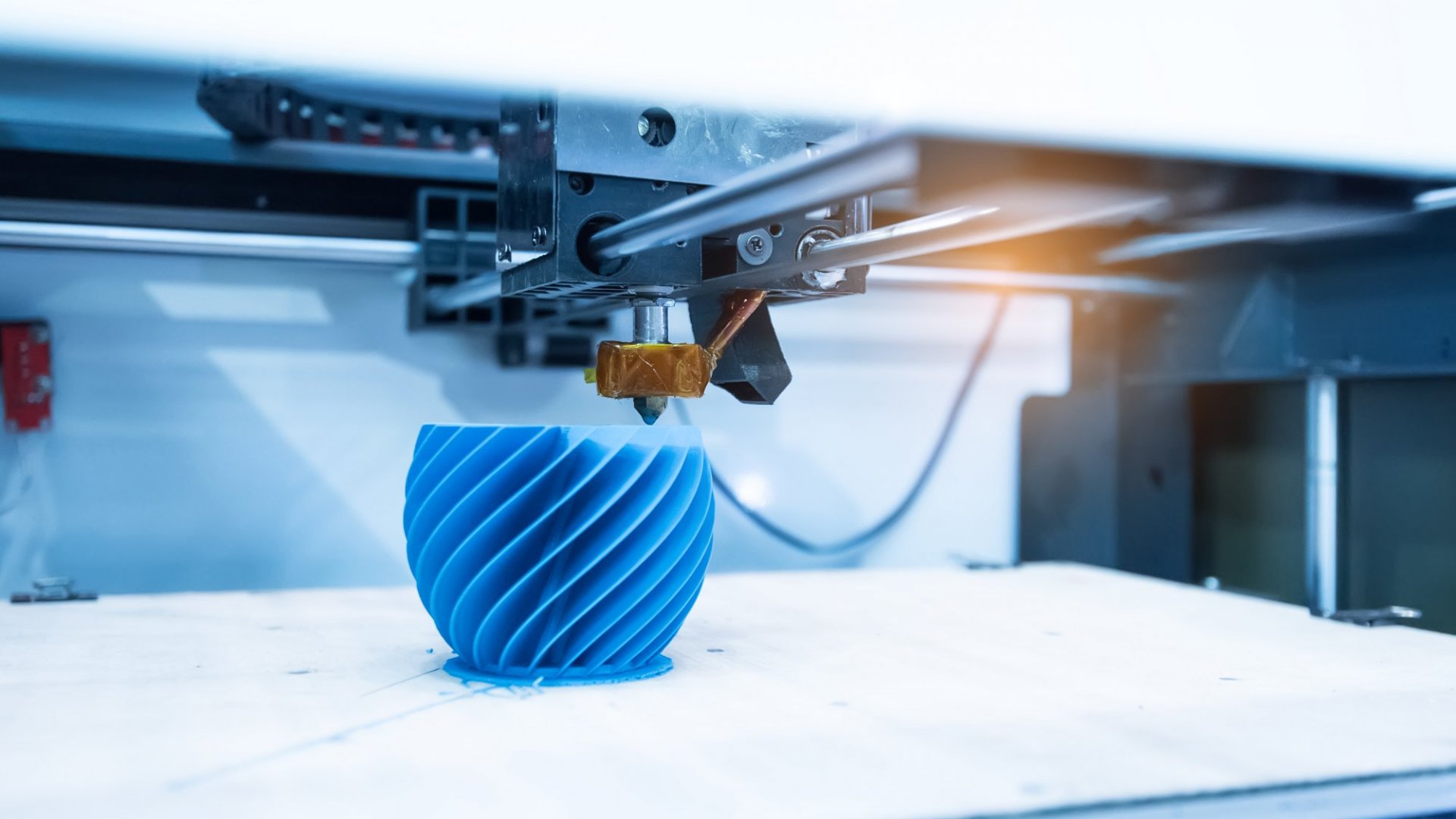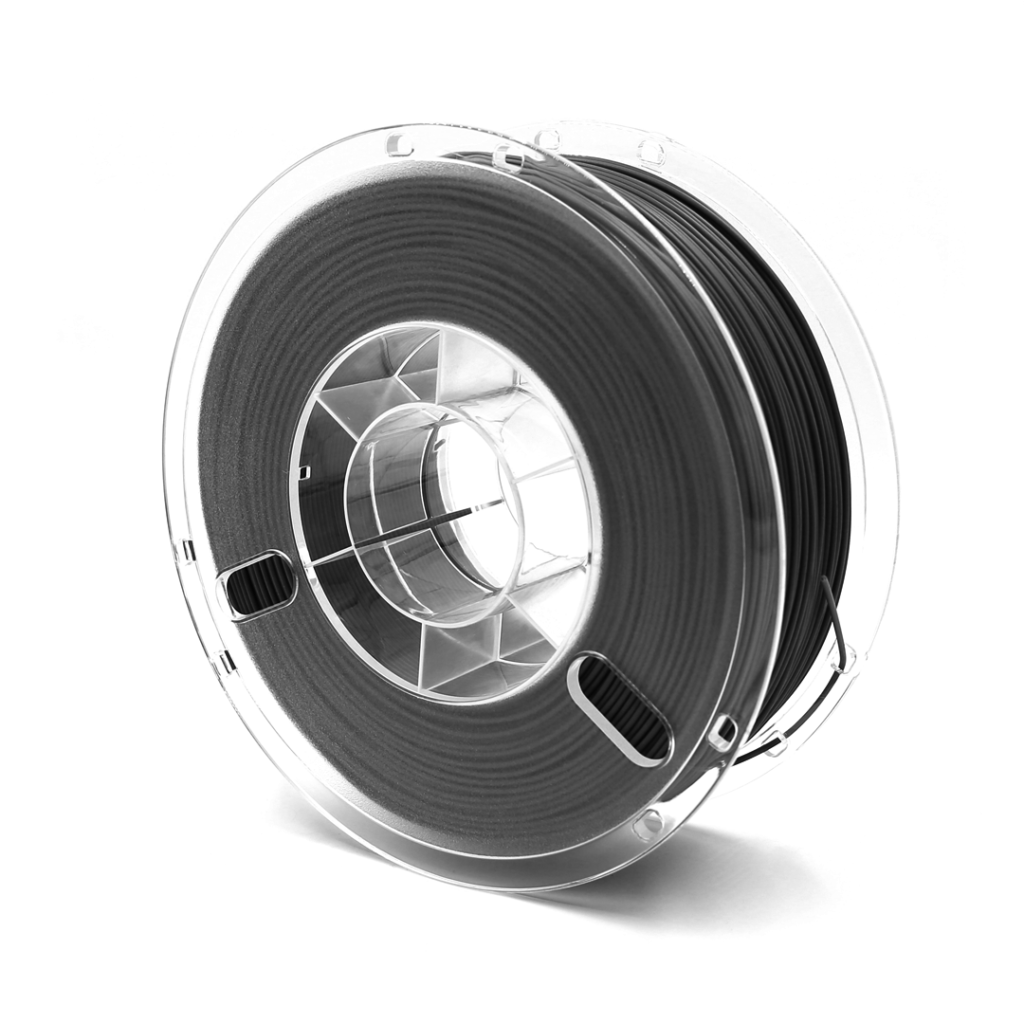Fused Deposition Modeling (FDM)
3D Printing
FDM can build just about any geometry you have in mind. That’s why you can find FDM parts as end-use components in airplanes, as production tools in an automotive factory, and as prototypes just about anywhere.

Why Choose FDM?
Turning Filament Into Industrial-Grade Part
Fused Deposition Modeling, or FDM 3D Printing, is a method of additive manufacturing where layers of materials are fused together in a pattern to create an object. The material is usually melted just past its glass transition temperature, and then extruded in a pattern next to or on top of previous extrusions, creating an object layer by layer.
-
Low Volume Production of complex end-use parts
-
Prototypes for form, fit, and function testing
-
Casting Foundry Patterns
-
Master Patterns for Sculpture Industries
-
Pre-Surgical Planning Bone Model
-
Mock up models for Retail space
Have any Questions or Suggestions? We would love to help you!









Technical Specification
Standard lead time
- Minimum of 4 working days, depending on part size, number of components and finishing degrees
- Minimum of 2 working days for parts with dimensions smaller than 200 x 100 x 100 mm
Standard accuracy
- ±0.15% (with a lower limit on ±0.3 mm)
Layer Resolution
- 0.05 to 0.3 mm
Minimum wall thickness
- Not lower than 1.5 mm
Maximum build dimensions
- Dimensions are unlimited as components may be composed of several sub-parts. The build area of our largest machine is 600 x 600 x 600 mm
Surface structure
- Unfinished parts typically have a rough surface but all kinds of fine finishes are possible. FDM parts can be smoothened, painted, and coated
Number of Printers
- More than 30+ Printers
Materials

ABS
– Acrylonitrile Butadiene Styrene
– Cost-Effective Prototypes and models requiring form and visual validation.

PETG
– Polyethylene Terephthalate Glycol
– Significant chemical resistance, durability, and excellent formability for manufacturing.
Ready to get started on your 3D printing quote?
Free shipping on all 3D printing orders*
Our FDM manufacturing
standards
We manufacture your parts according to strict manufacturing standards. Verification of these requirements is included in our inspection report that is shipped with every order.
- A dimensional accuracy of +/- 0.5 mm with a lower limit of +/- 0.5mm (+/- 0.020″)
- Consistent surface finish with no bumps or delamination. Marks left by retraction and layer changing are acceptable.
- All support material is removed such that the supporting surface has a consistent finish.
- All parts are printed with 2 outlines/ perimeter shells or a wall thickness of 1.2mm

FDM Design Guidelines

Wall Tickness
In 3D Printing, wall thickness refers to the distance between one surface of your part and the opposite sheer surface. A part that would fit a box of 250 x 250 x 250 mm, needs to be designed with a minimum wall thickness of 1.2 mm. The walls of larger parts need at least 1.6 mm thickness.
However, overly thick walls are not advisable either as they use more material than you need and run the risk of deforming the part. If your design has wall thicknesses greater than 6 mm, we fill the wall thickness with sparse structures. This helps us save material and minimize the likelihood of warpage.

Surface Quality and Orientation
Many of the characteristics of your 3D print will depend on the Fused Deposition Modeling (FDM) process. Because your part will be printed layer by layer, the printing orientation will influence its surface quality and strength. On the left, you can see two parts of the same shape but built with different orientations.
The horizontally printed model clearly shows the “staircase” effect of the printing process. Its surface will be similar to that of a topographic map. If the part is printed vertically, the surface quality will be better.
Think about which surface needs to have the best finish and choose the orientation accordingly when printing.

Anisotropy
Because your part is built up layer by layer, it will always have “weak points” caused by its printing orientation. These weak points can cause thin external elements of your design to easily break off. Therefore, avoid features on your part that are parallel to the base or bottom plane and that will require strength to support them.

Dimensional Accuracy
Fused Deposition Modeling (FDM) is one of the 3D printing processes (for plastics) with the highest dimensional accuracy. Dimensional accuracy doesn’t relate to the detail of your part but to the deviation from the nominal size. The standard accuracy we offer for ABS is 0.5% with a lower limit on ±0.2 mm.

Support
Fused Deposition Modeling (FDM) takes place on a building platform. Since parts will be “built in mid-air”, they must be attached to the supporting platform to prevent them from collapsing. This attachment is referred to as the “support” and is required for any part built using this technology. In addition to keeping the part in place, it also enables the construction of overhanging elements. After the building process is complete, the support is manually removed.

External Support
Parts that have sections narrower than 45° must be supported. The support is required to keep your part in place and prevent it from collapsing while being printed. In the example on the left, the bottom of the vase must be supported because it is narrower than 45°. The rest of the design doesn’t require extra support because it is wider than a 45° angle.

Internal Support
The 45° rule also applies to the interior of your part. Any model with an interior section below 45° must be supported. In the example on the left, the model on top must be supported to prevent it from collapsing during the printing process.

Rule of 45°
The 45° rule also applies to the interior of your part. Any model with an interior section below 45° must be supported. In the example on the left, the model on top must be supported to prevent it from collapsing during the printing process.

Interlocking or Moving Parts
It’s possible to print interlocking and moving parts – like a wrench or a ball bearing – in ABS because the support material used for ABS is water-soluble. Parts that are printed together should have a minimum clearance of 0.4 mm.

Embossed and Engraved Details
In general, engraved text or details are preferable to embossed text or details. For engraved text or surface details, we recommend with a minimum line thickness of 1mm and a depth of 0.3mm. For embossed text and surface details, we recommend that letters have a line thickness of at least 0.5mm.

File requirements
We accept file formats such as STL, 3DS, 3DM, OBJ, STP, SKP, SLDPRT, STEP, IGES, Parasolid.
Mail your design file to sales@voxelwerks.com with the above-mentioned format.
Have any Questions or Suggestions? We would love to help you!
How does FDM 3D Printing Works?
FDM is a filament-based technology where a temperature-controlled head extrudes a thermoplastic material layer by layer onto a build platform. A support structure is created where needed and built in a water-soluble material.

The 3D model
The thermoplastic modeling filament is heated to a semi-liquid state
The extrusion head ‘draws’ the part and its support one layer at a time
The support is removed
The part is finished

